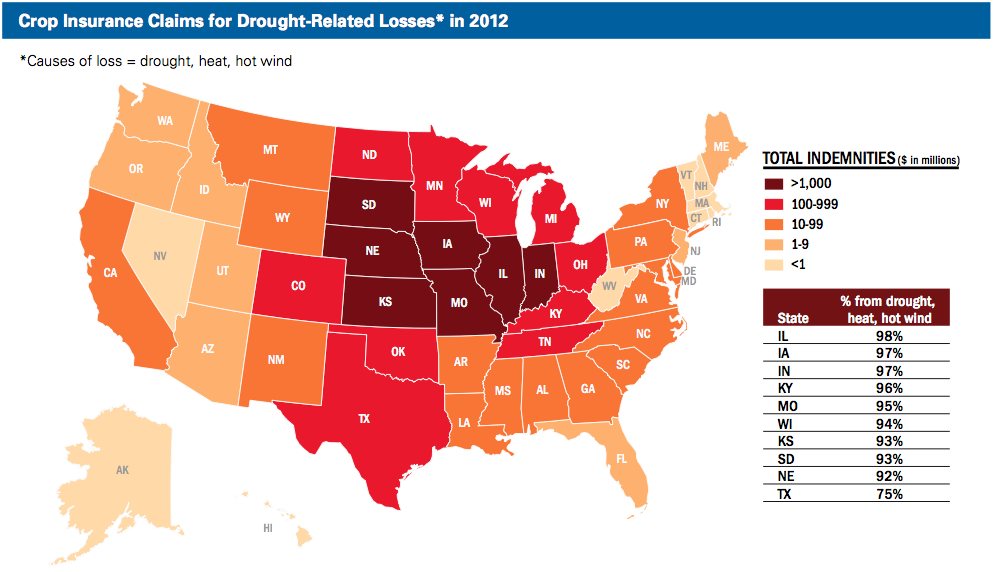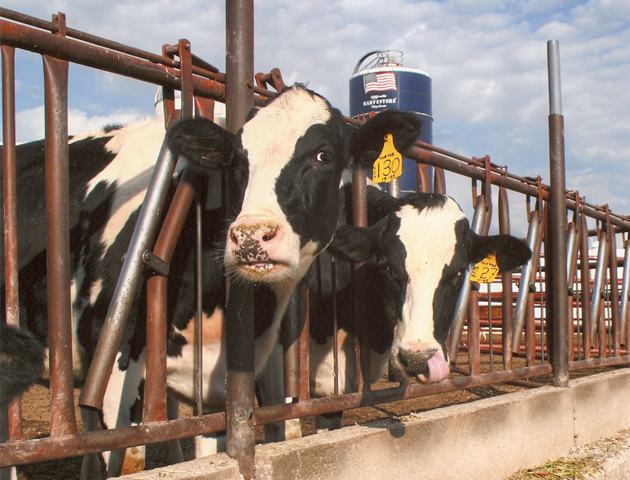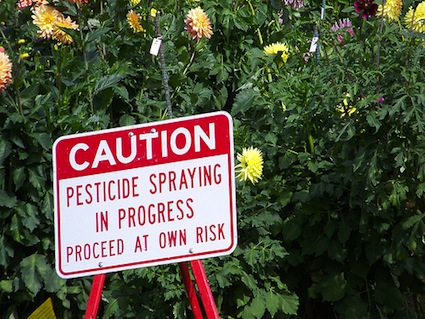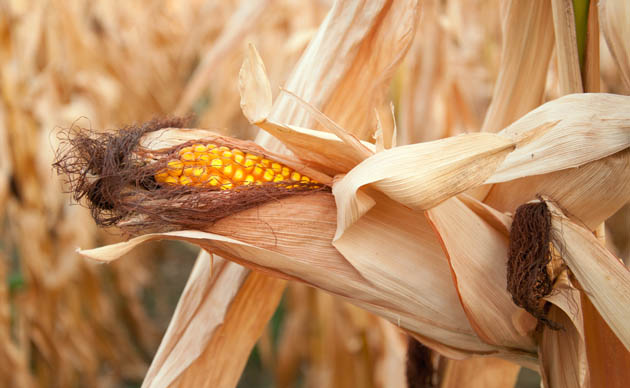
<a href="http://www.shutterstock.com/cat.mhtml?lang=en&search_source=search_form&search_tracking_id=GqWMokUxf-kO-GY7k8qfrg&version=llv1&anyorall=all&safesearch=1&searchterm=dead+corn&search_group=&orient=&search_cat=&searchtermx=&photographer_name=&people_gender=&people_age=&people_ethnicity=&people_number=&commercial_ok=&color=&show_color_wheel=1#id=110191118&src=i0oUCbeS_dA8wc-oFr_oPg-1-30">kazenouta</a>/Shutterstock
This story first appeared on the Grist website and is reproduced here as part of the Climate Desk collaboration.
Desiccated corn and sun-scorched soybeans have been in high supply lately—and we’re paying through the nose for them.
The federal government forked out a record-breaking $17.3 billion last year to compensate farmers for weather-related crop losses—more than four times the annual average over the last decade.
The losses were mostly caused by droughts, high temperatures, and hot winds—the sizzling harbingers of a climate in rapid flux.
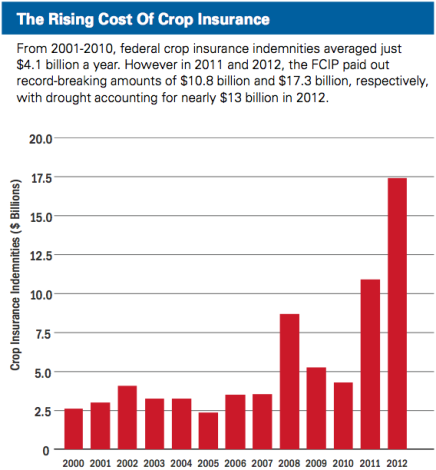
Could some of these costs have been avoided? The Natural Resources Defense Council says yes. In a new issue paper [PDF], NRDC analyst Claire O’Connor argues that these taxpayer-reimbursed, climate-related losses could have been largely avoided if farmers used tried-and-true conservation-oriented strategies. But she points out that the Federal Crop Insurance Program provides little incentive to farmers to employ techniques that save water and soil.
“By ignoring how on-farm management affects farmers’ ability to withstand weather events like the recent droughts and floods, the FCIP has become a crutch on which farmers will increasingly be forced to lean while taxpayers pick up the ever-growing bill,” O’Connor wrote in the report. From an introduction to the paper on NRDC’s website:
Rather than incentivizing farmers to adopt risk-mitigating farming practices, FCIP premiums are set using a formula that ignores how important healthy, regenerative farming practices—like conservation tillage, cover cropping and improved irrigation scheduling—are to farmers’ risk management as they increasingly face the threats of drought, floods and other extreme weather events.
Methods like no-till farming not only help soil retain moisture, but also limit erosion, improve soil health and increase a field’s capacity to grow high-yield crops. Such methods offer farmers short-term protections against each season’s catastrophic weather events, promote fertile fields into the future and benefit the environment.
O’Connor suggests that the FCIP offer lower premiums to farmers who reduce their risks by investing in soil- and water-conservation strategies—strategies that could help buffer their crops from the ever-worsening vagaries of climate change.
